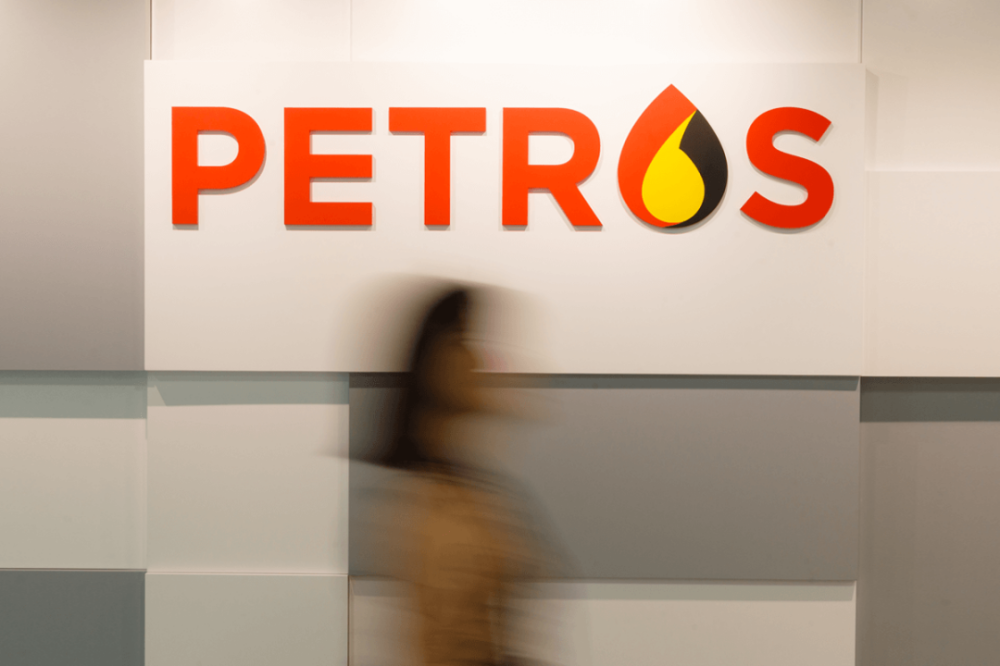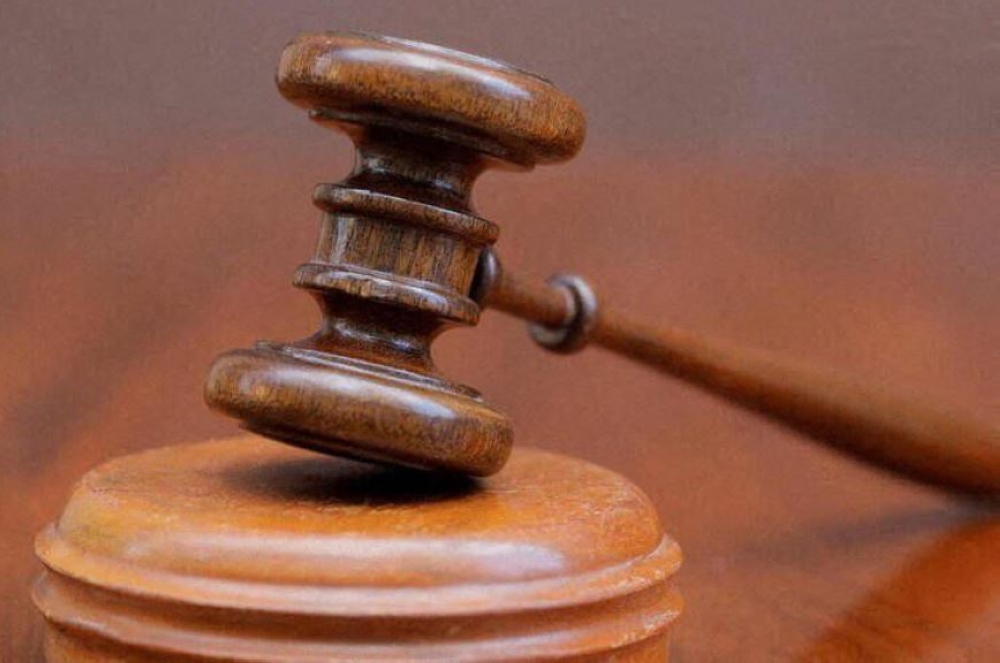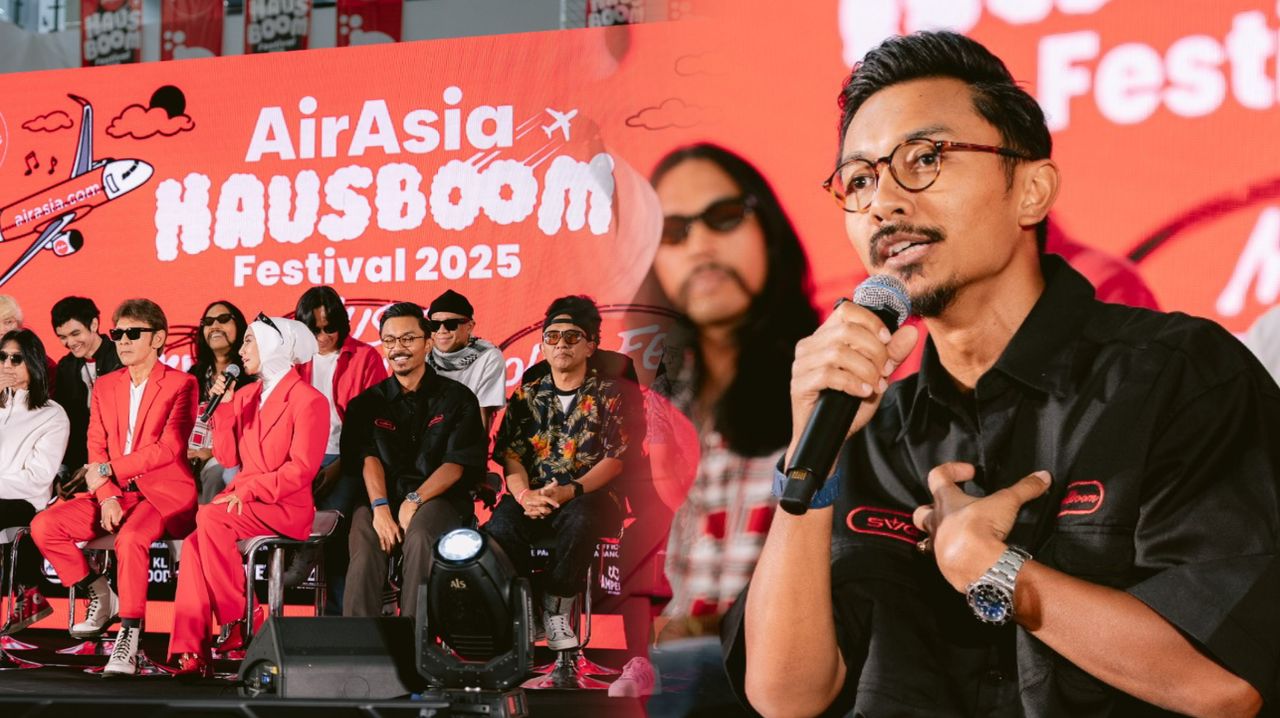AUGUST 29 — The framework agreement between Petronas and Petros marks a strategic turning point in Malaysia’s efforts to reconcile national energy ambitions with Sarawak’s growing autonomy and potential in the energy sector.
At stake is the alignment of Malaysia’s upstream growth with an energy transition that is increasingly centred in Sarawak, home to the nation’s largest gas reserves and the bulk of its LNG exports.
Signed in May 2025, after years of federal–state disputes, the Petronas-Petros accord sets a roadmap for collaboration. It seeks to balance Sarawak’s rights under the Distribution of Gas Ordinance (DGO) with Petronas’ authority under the Petroleum Development Act (PDA), and in doing so, unlock value in upstream investments, LNG, and clean energy growth.
Sarawak’s growing strategic weight in Malaysia’s energy sector
Sarawak controls about 60 per cent of Malaysia’s gas reserves and 90 per cent of LNG exports, making it critical to the country’s role as the world’s fifth-largest LNG exporter. LNG from Sarawak contributed 26.75 million metric tonnes to global trade in 2023, or 7 per cent of the global total.
Sarawak’s gas dominance, along with ambitions in carbon capture, hydrogen, and renewable fuels, positions it as the nation’s energy transition front-runner.
The state has received more than RM96 billion in oil and gas financial benefits as of 2024 and attracted over RM280 billion in upstream investments since 1976, demonstrating its economic and industrial importance.
Urgency heightened by recent disputes
However, the stakes surrounding the Petronas-Petros alignment have been heightened by recent legal and commercial disputes. In April 2025, ConocoPhillips withdrew from a RM13.7 billion deepwater project with Petronas, citing regulatory uncertainty.
Shell Malaysia secured a court injunction to avoid potential double payment disputes related to overlapping gas supply contracts – one under Petronas, another under Petros – amid unclear jurisdiction.
Such disputes underscore the critical need to clarify governance and streamline regulatory frameworks. Prime Minister Datuk Seri Anwar Ibrahim has acknowledged this challenge, emphasising the need to formally recognize both federal and state laws and create a cooperative operational structure.

Petros is also expected to play a key role in state-led efforts to reduce emissions from LNG and petrochemical operations—combining local control with global technology partnerships to spur clean energy adoption. — The Borneo Post pic
Under the joint declaration, Petros has been appointed as the sole gas aggregator in Sarawak, responsible for gas procurement and distribution within the state, excluding LNG. This role strengthens Sarawak’s control over its gas economy while allowing Petronas to retain upstream ownership rights under the PDA.
A new path forward for upstream growth and transition
The Petronas-Petros pact could fuse upstream development with clean energy initiatives, but only if clarity, regulatory consistency, and investment-friendly conditions are established swiftly. Sarawak continues to attract interest, with Thailand’s PTTEP revisiting plans for the US$6 billion Lang Lebah gas project, showing that international appetite remains strong despite ongoing tensions.
Beyond hydrocarbons, Sarawak is pivoting hard into clean energy. It aims to produce 2 million metric tonnes of renewable hydrogen by 2030, and scale up to 16 million tonnes by 2050, leveraging its hydroelectric power and LNG infrastructure to serve growing Asian markets.
Flagship hydrogen projects like H2ornbill and H2biscus involve global players such as Japan’s ENEOS and Sumitomo. H2ornbill, targeting 90,000 metric tonne/year of hydrogen by 2027, is being developed through a joint venture between SEDC Energy and Gentari (Petronas’ clean energy arm).
Sarawak is also exploring methanol and ammonia production, e-methane, and bio-LNG development—integrating carbon capture and renewables into the LNG value chain. These ventures highlight the synergy between state-led clean energy targets and national decarbonization goals.
Petronas: Aligning with national and global energy shifts
Petronas, under its “Pathway to Net Zero Carbon Emissions by 2050”, is investing in Carbon Capture and Storage (CCS), renewable energy, and hydrogen, aiming for 1.2 million metric tonne/year of hydrogen by 2030, and 30–40 GW of renewable energy capacity. It is also repositioning as a global player through the Petronas 2.0 initiative—revitalising dormant oil basins and expanding international upstream assets to comprise 60 per cent of its portfolio within a decade.
Crucially, the national oil firm acknowledges Sarawak’s elevated role. In 2020, Petronas agreed to a commercial settlement with Sarawak that allowed the state more say in its oil and gas industry, including onshore resources and upstream investments through Petros. And Petronas recently said the two parties are still involved in discussions with the aim of bringing the dispute over gas rights in Sarawak to a resolution.
Petros expands its reach
As the newly empowered gas aggregator, Petros has already signed gas sales agreements with Sarawak Petchem for methanol production and Sarawak Energy for power generation. This confirms Petros’ growing centrality in managing gas flows that feed the state’s economy and industrial base.
Petros is also expected to play a key role in state-led efforts to reduce emissions from LNG and petrochemical operations—combining local control with global technology partnerships to spur clean energy adoption.
Towards a converging future
Sarawak has set some of the most ambitious renewable energy goals in Malaysia —10GW of capacity by 2030, scaling to 15GW by 2035— and is working with global partners to enhance solar, hydrogen, and CCS infrastructure. Floating solar initiatives and electrolyser technology development aim to lower clean hydrogen costs across Asia.
The Petronas-Petros alignment, if executed effectively, offers a powerful model for federal–state collaboration. It could turn long-standing disputes into a launching pad for energy security, economic growth, and regional leadership in clean fuels.
Yet, the framework’s success hinges on fast-tracked implementation, legal clarity, and alignment of political and commercial interests. In a world moving rapidly toward decarbonization, Malaysia’s energy future—rooted in Sarawak’s gas fields and clean energy ambitions—may well depend on how this partnership evolves.
* This is the personal opinion of the writer or publication and does not necessarily represent the views of Malay Mail.






